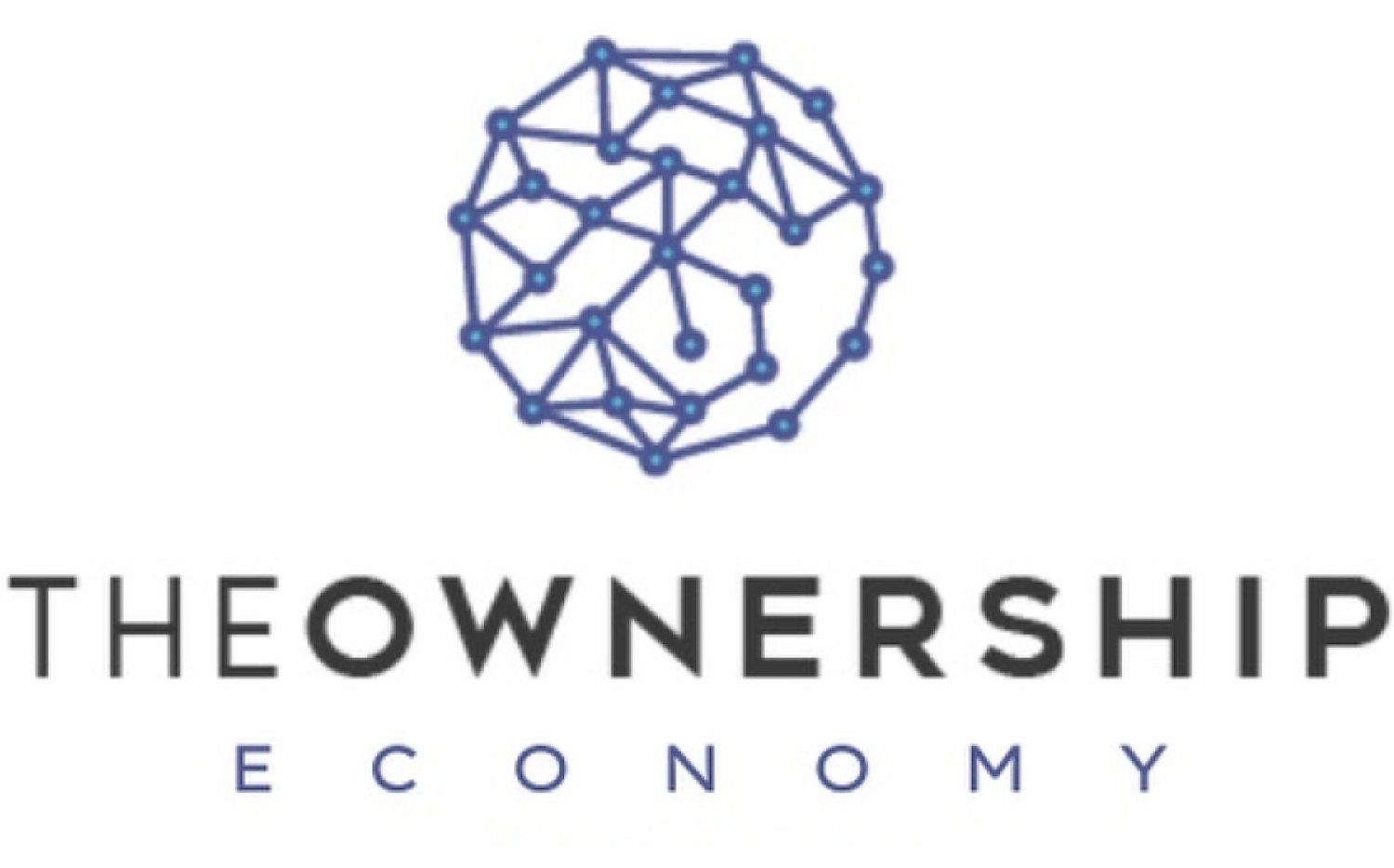AI's Impact on Artists: Devaluation vs. Innovation
In October 2023, U.S. Senator Chris Coons (D), Chair of the Senate Judiciary Subcommittee on Intellectual Property, introduced the "No Fakes Act," aiming to safeguard artists' rights against unauthorized use of their likeness, particularly in the form of AI-generated deep fakes. The bill was spurred by incidents like "Ghostwriter," where AI mimicked the voices of popular artists like The Weeknd and Drake without consent, highlighting growing concerns over AI's influence on creative integrity and compensation in the arts.
Ghostwriter serves as a stark example of AI's potential to create new revenue streams through unconventional means, prompting optimism about innovation in artistic creation. Yet amidst this optimism lies a critical debate over who benefits from these technological advances.
As a music creator and writer, I often navigate the intersection of technology and artistic expression. AI tools like Ableton's Magenta Studio have become integral to my creative process, offering suggestions for drum patterns and melodies that complement my compositions. However, I view AI as a collaborative tool rather than a replacement for human creativity. It's essential to me that AI enhances rather than supplants the artistic journey, a sentiment shared by many in the industry grappling with the implications of AI-driven creativity.
The broader discourse around AI encompasses not just its creative potential but also its ethical implications. Instances where AI has misappropriated voices and content without proper compensation underscore the urgent need for robust intellectual property protections in an increasingly digitized creative landscape.
Critically, the term "AI" encompasses a wide spectrum of technologies, from text proofreading apps like Grammarly to image generators like Midjourney, each presenting unique challenges and opportunities for creators and policymakers alike. The debate over AI's role in art is not merely about innovation but also about fair compensation and ethical standards in creative industries.
Recent agreements in Hollywood illustrate attempts to define boundaries for AI's use in creative processes, balancing innovation with protections for artists' livelihoods. These agreements reflect broader concerns about the erosion of artistic value in an era dominated by technological efficiency and corporate interests.
For artists across disciplines, AI's integration raises fundamental questions about the future of creative work and the economic sustainability of artistic careers. As streaming platforms and digital technologies reshape consumption patterns, the ability of artists to earn a living wage from their craft faces unprecedented challenges. Spotify's recent royalty restructure underscores these challenges, highlighting the disparities between industry giants and emerging artists struggling to navigate an increasingly competitive market.
The myth of a thriving creative middle class persists amidst these transformations, with many artists grappling with financial instability despite their contributions to cultural enrichment. The promise of AI to democratize creative tools must be tempered with considerations of how these technologies affect artistic value and economic equity.
While AI holds potential to expand artistic possibilities and accessibility, it also amplifies existing disparities and risks commodifying creativity at the expense of creators. As we navigate this evolving landscape, ensuring that AI serves as a tool for empowerment rather than exploitation requires thoughtful regulation and ethical frameworks that prioritize artists' rights and economic security.
In conclusion, the intersection of AI and art prompts us to reconsider how we value creativity in a digital age. As technological advancements reshape the cultural landscape, the imperative to protect artists' intellectual property and promote fair compensation becomes increasingly urgent. Ultimately, the future of AI in art hinges on our ability to strike a balance between innovation and equity, ensuring that artists remain at the heart of creative progress in the decades ahead.

